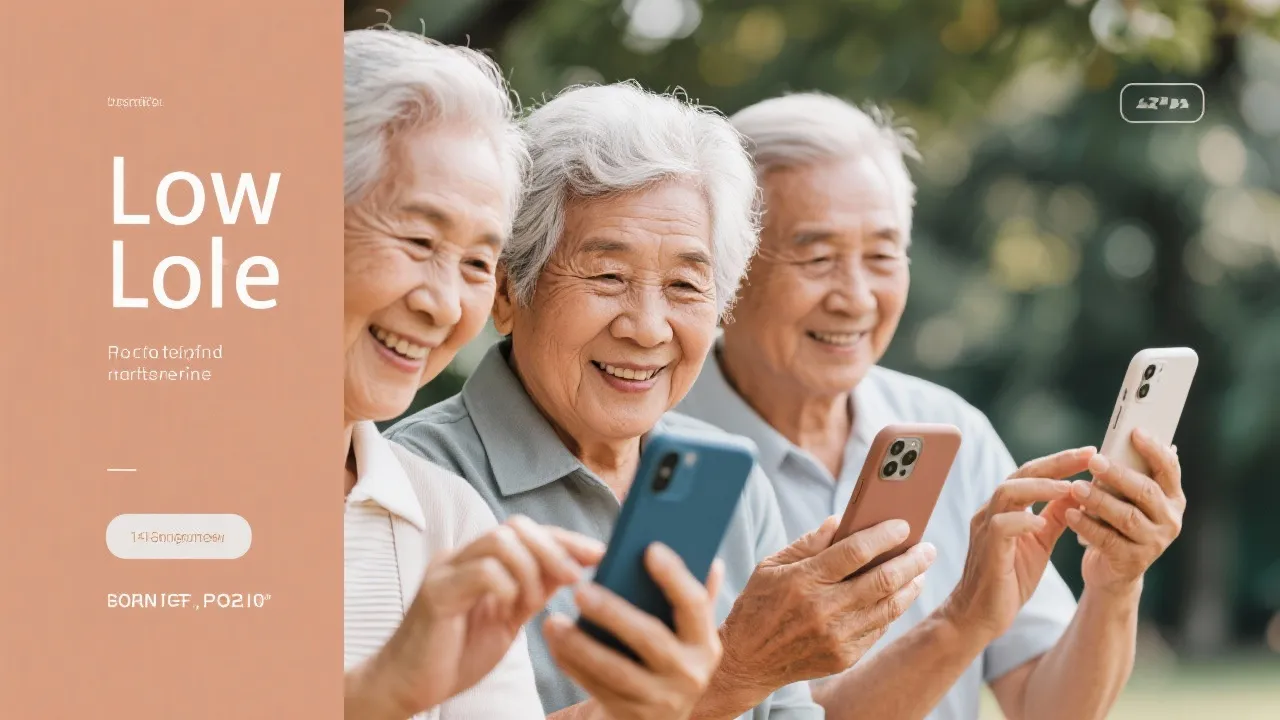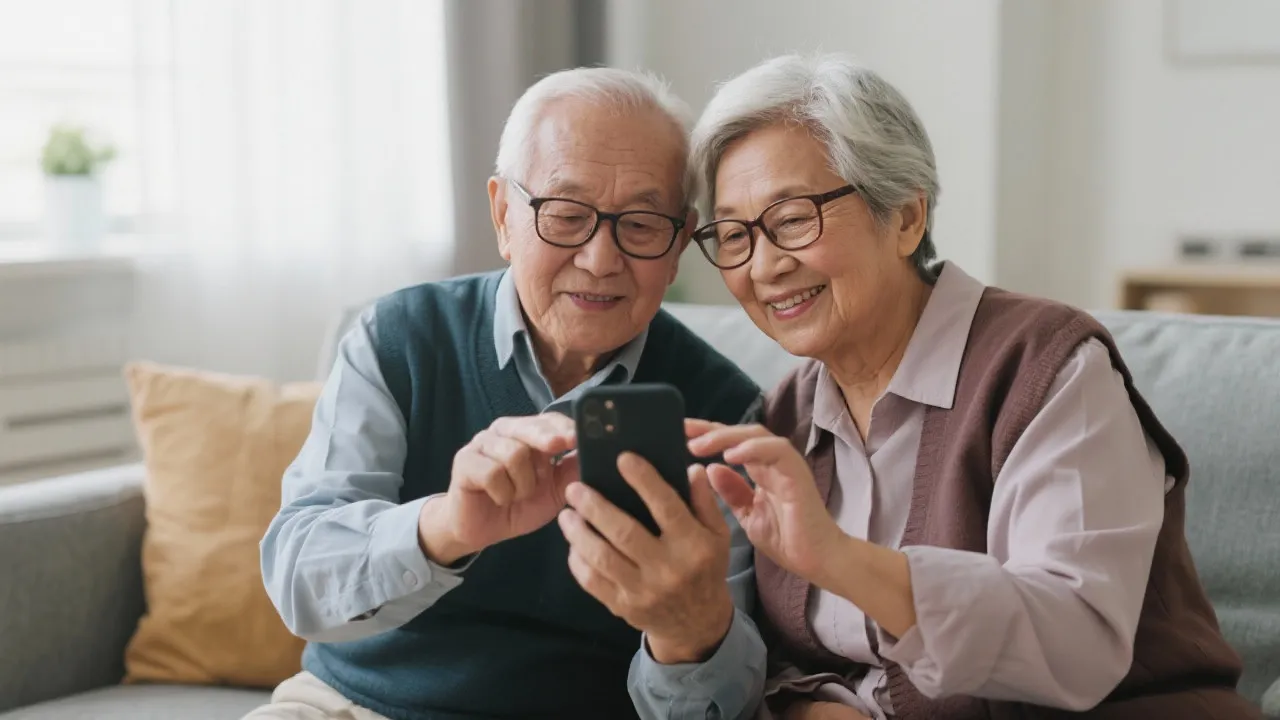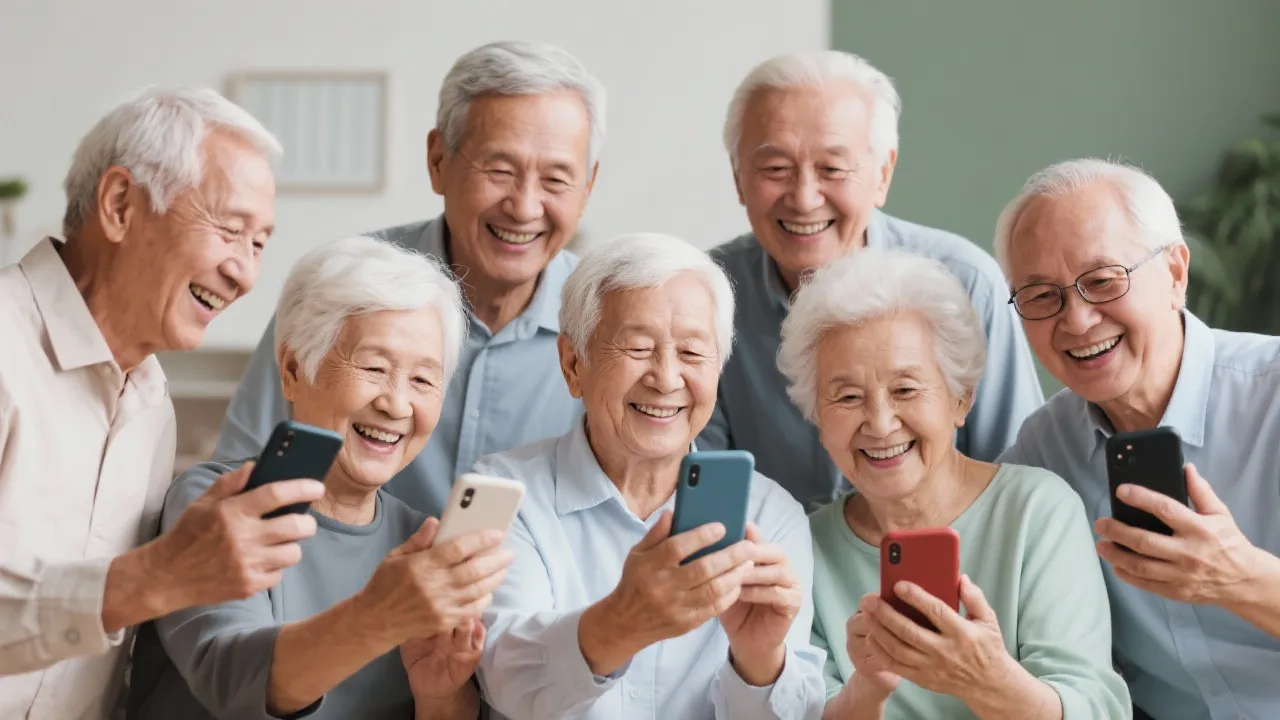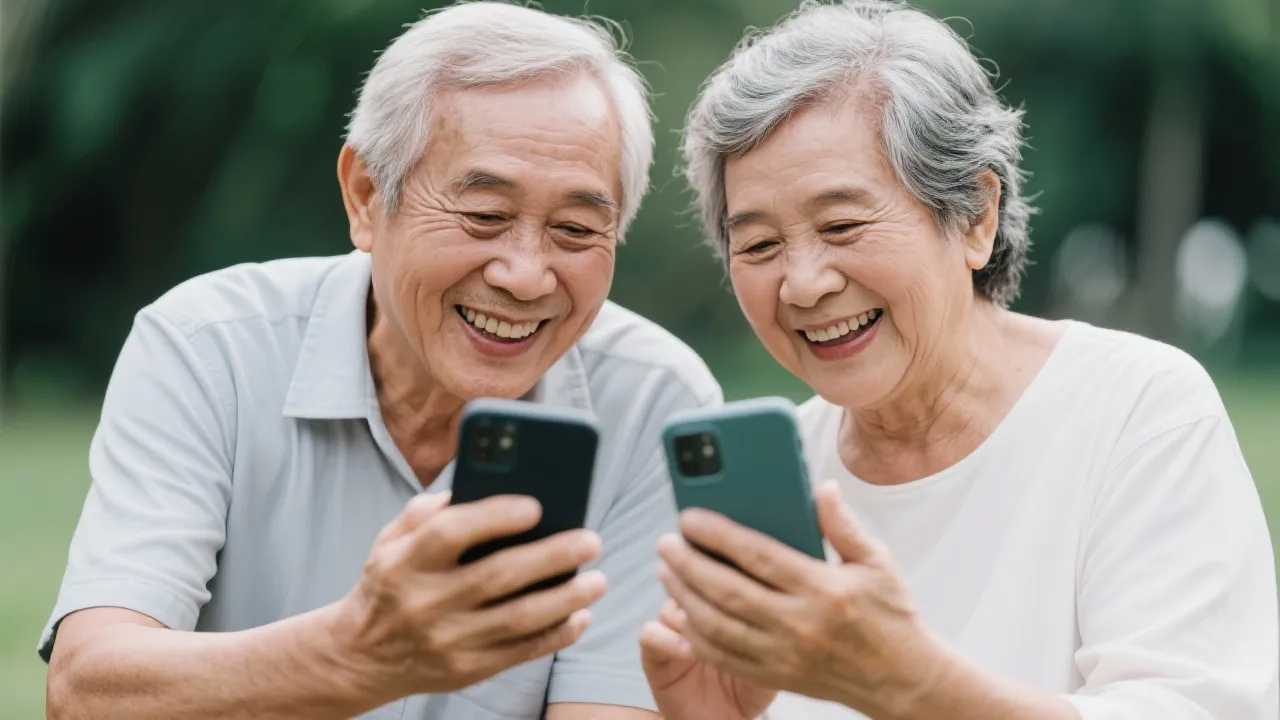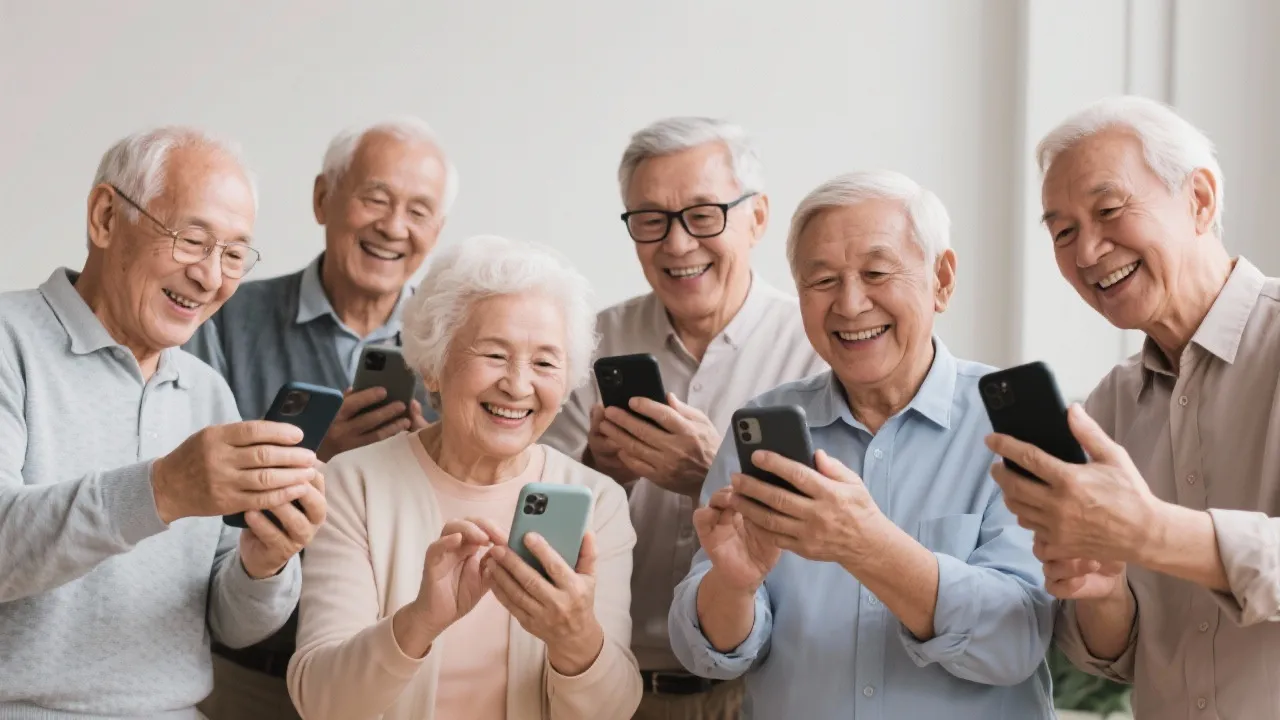Affordable Mobile Plans for Senior Citizens
This guide explores the various options available for senior citizens to acquire government-supported mobile plans. With increasing reliance on technology for communication and safety, finding a cost-effective mobile service can significantly enhance connectivity and access to necessary resources.

Introduction to Senior Mobile Connectivity
In our increasingly connected world, having access to mobile technology is no longer a luxury but a necessity. Mobile devices have become integral to communication, especially for seniors who rely on these tools to maintain relationships, access vital resources, and ensure their safety. As technology continues to evolve, the ability to communicate digitally has profound implications on a person's quality of life. For seniors, overcoming barriers to connectivity can significantly enhance their independence, well-being, and engagement with the community.
Various government-backed programs offer affordable mobile plans designed specifically to assist senior citizens, ensuring that they remain connected without the burden of high costs. Many seniors face financial constraints after retirement, making affordable mobile connectivity more important than ever. This article delves into the options available through government-supported programs that provide mobile services to seniors, outlining the benefits, application processes, eligibility requirements, and frequently asked questions surrounding these services.
Understanding Government Mobile Assistance Programs
For seniors, the government offers several programs intended to aid in accessing mobile communication services. These programs typically aim to alleviate the financial burden associated with mobile phone plans by offering discounted or complimentary services for eligible participants. In the United States, some well-known programs such as SafeLink Wireless, Assurance Wireless, StandUp Wireless, Access Wireless, and True Wireless all provide essential services to low-income individuals, particularly seniors, ensuring they have adequate access to communication tools necessary for their daily lives.
Each of these providers has unique offerings tailored to support low-income citizens. For example, some programs not only provide basic mobile services but also include smartphones, unlimited texting, and voice call plans, along with limited data allowances. The specifics can vary markedly from state to state, depending on local regulations and available state-level assistance. Understanding these options can empower seniors and their caregiving relatives to make informed decisions about mobile communication services.
Table of Government Phone Providers
| Provider | Services Included | Additional Costs |
|---|---|---|
| SafeLink Wireless | Affordable smartphone or BYOD (Bring Your Own Device), unlimited texting, calls, and data (varies by plan and state) | Premium device upgrades or additional data may incur fees |
| Assurance Wireless | Affordable Android smartphone, unlimited talk and text, and data allowances | Upgrades for high-speed data or international calling |
| StandUp Wireless | Affordable smartphone or BYOD, unlimited talk and text, data plans | Costs for premium phone upgrades or extra data |
| Access Wireless | Unlimited voice, text, and limited high-speed data with Lifeline and ACP benefits | Data boosts and device upgrades |
| True Wireless | Government-supported affordable phones, voice, and data plans | Device upgrades or additional data plans |
Source: Official provider websites listed below.
Determining the Right Program for You
Choosing the right mobile assistance program can greatly depend on your personal needs and preferences. It's important for seniors and their caregivers to evaluate several factors before applying, ensuring that the selected plan aligns with their usage habits, financial constraints, and desired network capabilities.
- Device Preferences: Some seniors may prefer to use their existing devices (BYOD), while others might seek the latest smartphones offered by various services. Each program has different policies regarding device selections, so it's crucial to check if a specific provider supports your current device or offers satisfactory options.
- Service Coverage: Verify that the provider has adequate coverage in your area. Mobile service coverage can vary extensively, impacting the quality of service and connectivity for seniors, especially those living in rural areas.
- Data Needs: Evaluate how much data the senior will actually need. Some programs provide enough data to accommodate basic needs like texting and calling, while others may offer plans with substantial data allowances for those requiring internet access on their mobile devices.
- Additional Features: Additional features, such as international calling or voice mail services, can be deciding factors when choosing a provider. Some plans include unique features that can enhance the user's experience, particularly for seniors who wish to maintain contact with family and friends overseas.
Eligibility and Application Process
Eligibility for these government-supported mobile plans generally depends on income levels and participation in certain government assistance programs. Applicants usually need to have an income at or below 135% of the federal poverty guidelines for Lifeline or 200% for the Affordable Connectivity Program (ACP). Additionally, participation in programs such as Medicaid, SNAP, SSI, or FPHA can qualify individuals for these benefits. Special provisions also exist for residents of Tribal lands, offering additional benefits to these communities.
Understanding how to navigate the application process is essential for maximizing the potential benefits available to seniors. The process is straightforward but must be approached methodically to ensure that all necessary information is submitted correctly. Applicants must collect the required documentation to prove eligibility, which might include identification, proof of participation in government aid programs, and income verification documents.
Steps to Apply for Government-Assisted Mobile Plans
- Visit the website of the preferred provider.
- Complete the online application form, providing all required personal information.
- Upload necessary documents to prove eligibility (e.g. proof of participation in government assistance programs, proof of income).
- Wait for approval from the provider, which might involve follow-up communication for any additional information needed.
- Once approved, follow the instructions provided for device activation and service setup.
Tips for a Smooth Application Process
While the application process is designed to be user-friendly, there are several tips seniors can follow to ensure it goes as smoothly as possible:
- Prepare Documentation: Before starting the application, prepare all relevant documents that demonstrate eligibility. This can help avoid delays and facilitate a quicker process.
- Provide Accurate Information: Ensure that all personal information is accurate and matches with the identification documents submitted. Any discrepancies can lead to complications.
- Monitor Communication: After submitting the application, keep an eye on your email or phone for any communications from the provider regarding your application status or additional requirements.
- Seek Assistance if Needed: If the online process feels intimidating, don't hesitate to ask family members or friends to assist. Alternatively, local community organizations can provide counseling to navigate the process.
FAQs
Can seniors apply for these programs on behalf of their family members?
Generally, applications must be completed by the individual receiving the services or their legal guardian. It is vital to provide accurate documentation proving eligibility for each participating family member when necessary, especially in cases of multi-person households.
Are there any costs associated with the application process?
The application process itself is affordable, and most providers do not charge fees for the services listed. However, additional features beyond standard service terms might incur extra charges, such as international calling or premium data plans. It’s essential to read all terms and conditions carefully when applying to avoid any unexpected costs.
What if my application gets denied?
If your application is denied, you can appeal the decision by reaching out to the provider for clarification. They will typically provide you with information regarding the reason for denial and the necessary steps to either rectify the situation or appeal. Understanding areas of denial is essential, whether it pertains to eligibility verification or documentation issues.
How do I switch providers if I'm already enrolled in a government mobile program?
Switching providers is often possible; however, it typically involves canceling your current service and reapplying with a new provider. Before taking any action, ensure you understand any potential service interruptions during the transition. Check if the new provider accepts your existing benefits to avoid losing support during the switch.
Conclusion
Access to mobile phones has become an essential part of daily life, offering numerous benefits, especially for seniors who might otherwise struggle to stay in touch with loved ones and essential services. As technology advances at a rapid pace, seniors can find it increasingly challenging to keep pace with the latest developments. However, government-backed programs provide crucial assistance, allowing them to enjoy the necessary connectivity without financial hardship.
By understanding the various options available, seniors can make informed decisions about which mobile assistance program best suits their needs. The right plan can not only enhance communication for seniors but can also broaden their access to health and social services, support networks, and emergency contacts. This opens doors to opportunities that can significantly improve their quality of life, enhancing independence and fostering connections with their communities.
Ultimately, the significance of retaining access to communication technology cannot be overstated, as it is a vital part of modern life. Through various government-backed programs, seniors can navigate the landscape of mobile connectivity professionally and wisely, ensuring they have the means to engage with the wider world promptly and efficiently. As service offerings expand and adapt, it is a certainty that a connected community is a stronger community.
Disclaimer: The information presented here is based on available online resources as of October 2023. We make no guarantees that applicants will secure a government-funded mobile phone. For specific requirements and processes, contact the service providers directly. Updates to this guide are not made in real time.
Reference Links
-

A Guide to Cost-Efficient Small Electric Cars for Seniors
-

Mastering Debt Consolidation: Boost Your Credit Score and Manage Interest Rates
-

Your Guide to Loans, Credit Checks, and Interest Rates
-

Affordable Independent Living: Finding the Right Senior Housing
-

Guide to Senior Living Apartments: Affordable and Comfortable Environments





